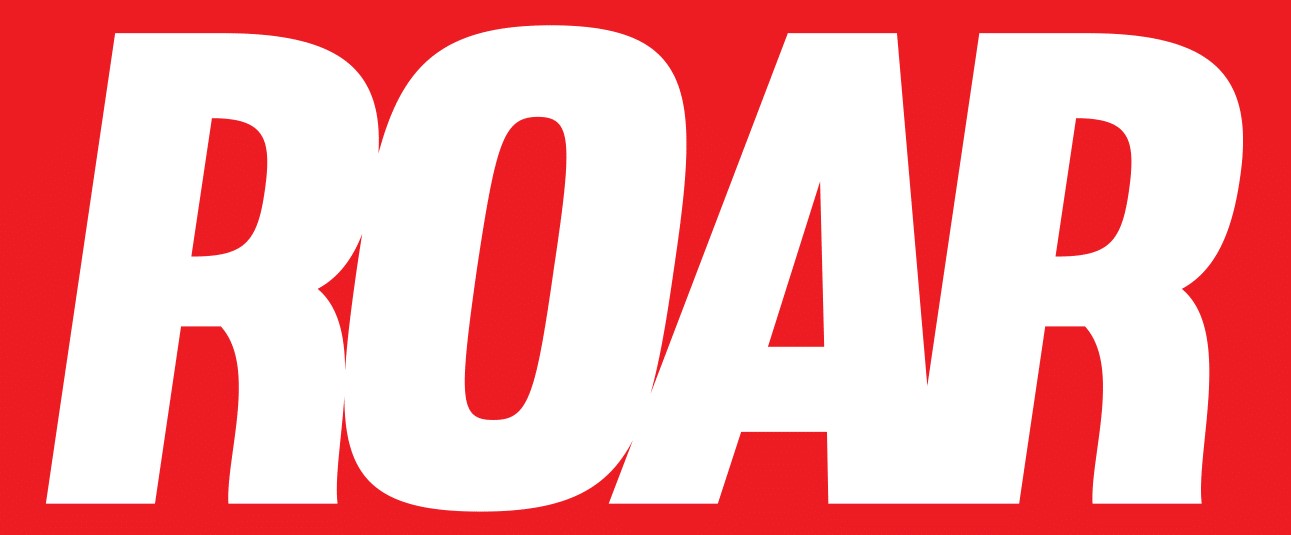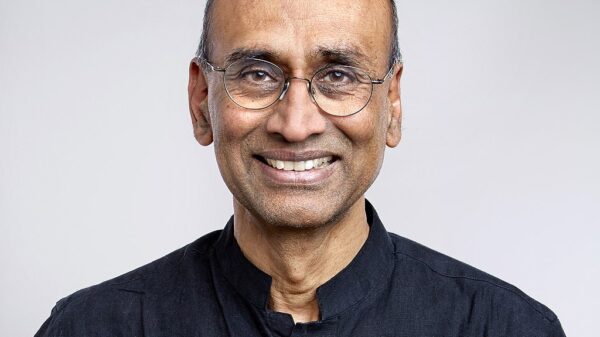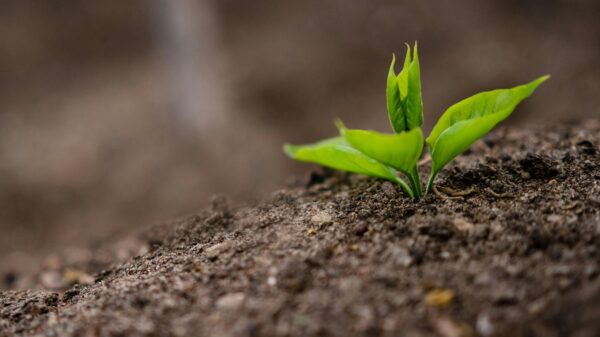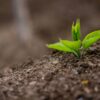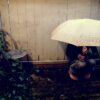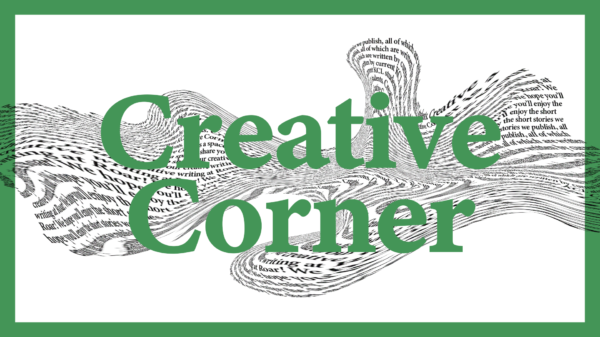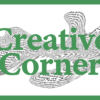Science Editor Jana Bazeed discusses quantum and poetry with artist-in-residence Chandrika Narayanan-Mohan and King’s College London (KCL) physicist James Millen ahead of their upcoming event, ‘The Quantum State of Us’.
This year, the KCL Science Gallery London joined Studio Quantum, a two-month-long international artist-in-resident programme run by the Goethe-Institut, to explore emerging quantum technologies through art. The project connects artists and audiences with partners in technology, culture, science and education to foster an open dialogue on the subject.
As part of this collaboration, Chandrika Narayanan-Mohan, a Dublin-based writer, performer and cultural consultant from India, has partnered with experimental quantum scientist and Director of King’s Quantum Dr James Millen to investigate the quantum nature of migrant identity.
“This is a language I never had before”
Chandrika Narayanan-Mohan
Through quantum, Narayanan-Mohan found a new language to capture the complexities of human emotion and identity:
The more I learn about various quantum theories, I’m like oh, that’s a really easy way for me to explain my emotions or emotional states or my multiple identities. This is a language I never had before, and it makes sense in quantum and it doesn’t make sense in classical …The weird thing is that most of this is very vibes-based, but it’s making sense. It’s become like a new lexicon for me to understand, one, my emotions; two, neurodivergent thinking; and three, just multiple identities of any kind.
“Everyone has an arts angle”
Chandrika Narayanan-Mohan
In recent years, Narayanan-Mohan has developed an interest in using poetry as a medium for science communication, finding the intersection of arts and science fascinating:
“Arts and Science aren’t separate things…[People are] trying to awkwardly force them back together, when just left alone they would happily coexist anyways…And of course, everyone has an arts angle. Every time a scientist wants to talk to me, I always find out they have some arts interests.”
“Sometimes it feels like it’s writing poetry about poetry”
Chandrika Narayanan-Mohan
Narayanan-Mohan credits the experience of writing about the NASA Perseverance Rover Press conference as one of the things that inspired her to start looking into researchers’ stories:
“One [poem] was about the Perseverance Rover Press Conference, where the scientists were talking about these really human moments of discovery. Like, they have this amazing platform, and they chose to talk about how their family inspired them to have this idea about some technological part of the project. So that got me interested in the story of researchers. Science, I feel, is very poetic on its own. Sometimes it feels like it’s writing poetry about poetry, but storytelling from the researchers’ perspective. It felt really interesting. Then kind of demystifying the process of discovery by listening to them talk about their research journeys, their challenges, difficult times, pivots, and then writing poems about that.”
A reader in advanced photonics, Millen’s research centres around the interface between nanotechnology and quantum physics. His group studies the limits of quantum mechanics, and the extent to which this physics can be applied to build useful technologies:
“It gives you a new-found enthusiasm for your own work, because people are always interested.”
Dr James Millen
Millen is no stranger to public outreach and working with artists. Previously, he has worked on ‘Seeing the Unthinkable’, a collaboration with artist Steven Claydon that was exhibited at the Science Gallery London’s Testing Ground exhibition. More recently, it was featured as part of ‘The Unseen Wonders of Light’ at the Royal Society Summer Science Exhibition 2024.
With this current project, the prospect of moving away from producing a physical-end-product intrigued Millen, wanting to explore new ways of thinking about his discipline:
“Often, these projects are extremely focused on producing something physical, which occasionally can feel a bit artificial. So, I was very interested in this project, and maybe moving away from producing something very physical and instead coming up with some different ways of thinking about the work that I am very passionate about.”
Reflecting on the experience, both Narayanan-Mohan and Millen highlight the value of having interdisciplinary discussions. Narayanan-Mohan finds discussing ideas with active researchers and learning from them a fulfilling way to reignite her love for the subject as an adult:
“Physics was my worst subject in school. I liked it, but in school, if you’re not good at something, you’re like, well, that’s the end of that. It’s interesting that you can come back to something through art. That insecurity came back once I realised that age 36, I’m actually still not good at science. I don’t know why I thought I would magically be better at taking in the information, but the difference is that we’re treated like adults now, which means we can read a book and go to a lecture and hear the same piece of information from five different people, and then it actually starts to sink in.”
Millen, however, is pleased by how excited his research group got about the project. He noted the importance of having conversations with peers outside of one’s field for early-career researchers:
“I do quite a lot of science communication. You know, you get quite used to it over time, and often when you force younger researchers into doing science communications, force them into doing something they’re very nervous about, it’s not very natural.
…What you should really start off with is, you know, five-four other people of a similar age to you in a café or a pub and just chat. That’s the ideal starting ground. Start there and then work up in size, scope and ambition. It gives you a newfound enthusiasm for your own work, because people are always interested. That’s always a good feeling.”
“You have to do your work there if you want to communicate about the bigger picture.”
Dr James Millen
When discussing quantum physics, delving into the more philosophical aspects of the field seems inevitable.
Having just come from Fertile Void, a symposium about quantum and art held as part of the programme, Narayanan-Mohan recalls being inspired by conversations with King’s philosopher of physics, Alexander Franklin, when putting together the performance piece, ‘Quantum Poetics’, with multidisciplinary poet David Odiase:
“We started looking at pre-colonial ideas of quantum, and then Alex recommended a book on how in African philosophies, looking at time is very embodied. It’s very literally through blood and lineage. That helped us create a performance piece together that brought about poetry mostly about mothers and family and lineage, and time echoing back and forth through generations.”
While recognising their appeal, Millen warns students early in their scientific careers from getting too swept up in more philosophical views without seeking out the proper formal foundations first:
“Some of these more philosophical ways of understanding the world are super interesting and very motivating. But as a scientist, if you want to understand them, the biggest mistake you can make is to jump into them before you have the technical background to do it as a scientist. You only really understand these points and are able to communicate them really effectively by doing the work and learning the technicalities underneath it, because that’s the amazing thing about something like quantum physics; the philosophy in it is more of a metaphysics. It’s a philosophy about how the world works, and it’s based on observation and measurements that we’ve made, and frameworks we have for nature. So, you have to do your work there if you want to communicate about the bigger picture. That’s my teacherly advice.”
“Deviating from your path is not failure.”
Chandrika Narayanan-Mohan
Narayanan-Mohan left readers with a piece of valuable advice:
“Silos are bullshit. If I had followed the path of ‘You’re not good at physics, therefore never look at it again’ I would never be doing science communication through poetry. But also, I know a lot of friends who left their PhDs, either in science and moved into art, or left their PhDs in art and moved into science. Deviating from your path is not failure. And even if you like the path you’re on, be open and fluid with those interests — you don’t have to fit in a box…You can do anything you want, if you are good at researching what you need to do to get to that point. I’ll put that caveat in: let’s be realistic as well.”
The Quantum State of Us
On 26 November, Narayanan-Mohan and Millen will be joined by writer and activist lisa minerva luxx at Science Gallery London for The Quantum State of Us. The event promises to be an evening of poetry, performances and discussions, celebrating the end of Narayanan-Mohan’s residency.
Free for all, tickets to ‘The Quantum State of Us’ are available here.
